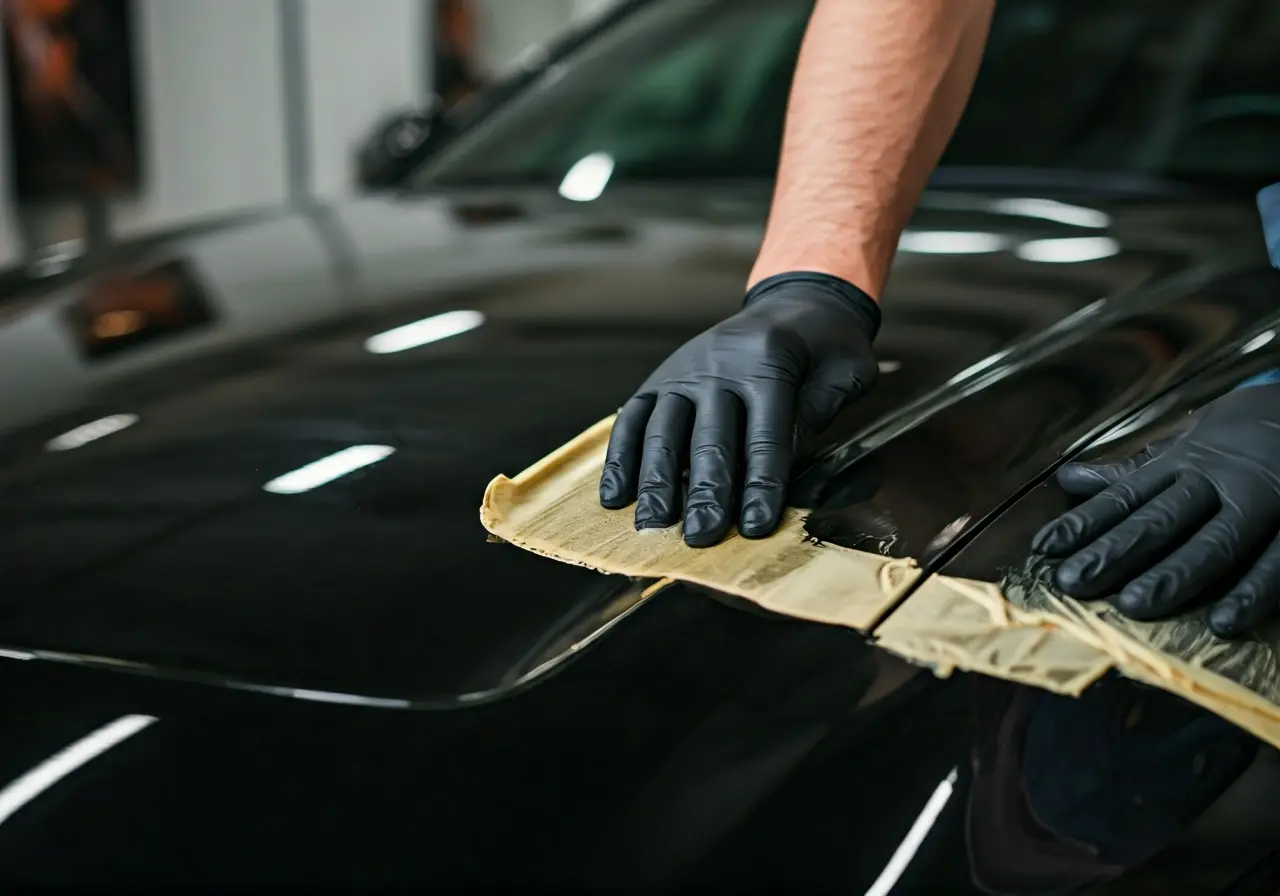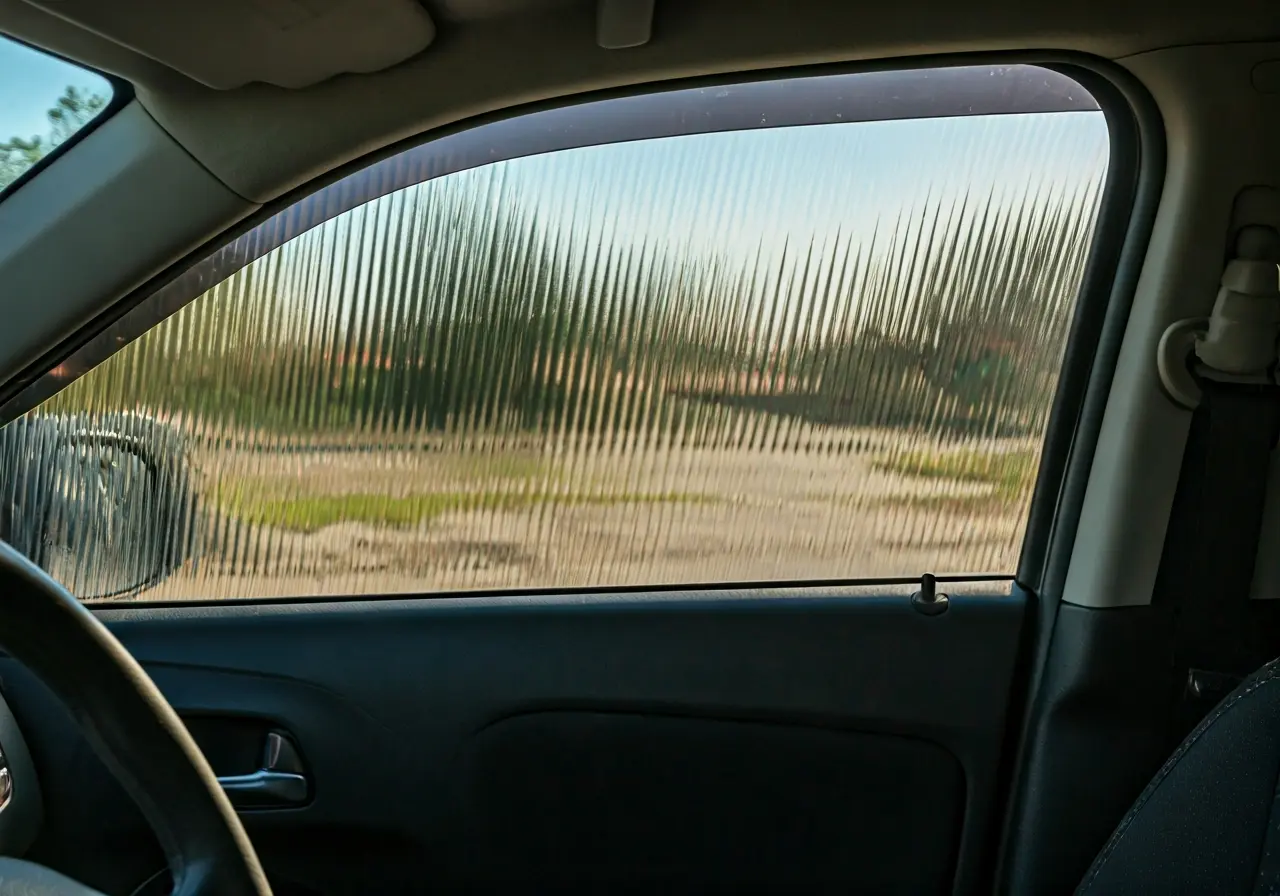

What Is Buffing and How Does It Improve Your Car’s Finish?
Buffing is a term often thrown around in the auto care industry, but what does it really mean for your car’s appearance? In this FAQ, we’ll explore the basics of buffing, its benefits, and how it enhances your vehicle’s finish. Our goal is to clarify any confusion and offer insights into maintaining a shiny, well-protected car surface.
What is Buffing?
Buffing is a process that involves using a buffer machine or hand buffing tools to smooth out surface imperfections in your car’s paint job. By applying a small amount of an abrasive compound, buffing removes scratches, oxidation, and other surface blemishes.
But why all the fuss about buffing? Well, think of it as giving your car a mini-makeover. From filling in minor scratches to enhancing its overall gleam, buffing plays a pivotal role in maintaining your car’s aesthetic appeal. It’s not just about looks, though; this process can significantly prolong the life of the car’s exterior finish.
Imagine sunlight reflecting off your car with a dazzling shine! That’s the magic of buffing, an art where precision meets passion. This skillful practice doesn’t just beautify but also acts as a protective barrier against environmental adversities.
How Does Buffing Improve Your Car’s Finish?
Buffing enhances your vehicle’s finish by leveling the paint surface, which reduces the appearance of scratches and swirl marks. The process also restores shine and gloss, making your car look as good as new. Additionally, by removing oxidation, buffing prolongs the life of your paint job.
At its core, buffing serves to bring out the best in your car’s paint job. By tackling imperfections, it grants your vehicle a rejuvenated look, with a gleaming surface that’s hard to ignore. Furthermore, the reduction in surface scratches is a clear indication of its restorative prowess. Just as importantly, buffing adds to the car’s valuation by enhancing its curb appeal and ensuring a layer of protection against the elements.
Buffing not only polishes the car’s appearance but strikes a balance between beauty and durability. It’s an investment towards the sure longevity of your vehicle’s exterior. By opting for professional detailing services, you can ensure that your car consistently reflects your standard of care.
What Are the Types of Buffing?
There are primarily two types of buffing: hand buffing and machine buffing. Hand buffing is gentler and allows for more control, ideal for smaller areas or delicate surfaces. Machine buffing, on the other hand, uses a motorized buffer to cover larger areas quickly and is more effective for dealing with significant surface damage.
Choosing between the two depends on various factors like the extent of the surface damage and personal preference. Each method has its own merits, whether it’s the meticulous touch of hand buffing for precise detailing or the efficiency of machine buffing for expansive coverage.
In the realm of car maintenance, one must weigh their needs between precision and speed. Whether you opt for the handcrafted finesse of traditional methods or the modern efficiency of machines, both styles boast unique advantages in maintaining a spotless, polished look.
When Should You Buff Your Car?
It’s generally recommended to buff your car once or twice a year, depending on its exposure to environmental elements like sunlight, rain, and pollution. If you notice the paint losing its luster or if it feels rough to the touch, it’s probably time to consider buffing.
The frequency also involves personal preference. Enthusiasts who wish for their cars always to look pristine might opt for more frequent buffing sessions. However, striking a balance is key; too much can wear down the paint.
Observing your vehicle is crucial. Inform yourself about car maintenance schedules to ensure your ride remains an envy on the roads while retaining its value and appearance.
Routine checks are a wise practice in vehicle maintenance. Take note of any loss in shine or texture, as these are sure indicators that it’s time for your next buffing session.
How Can You Buff Your Car at Home?
To buff your car at home, start with a thorough wash to remove dirt and debris. Select the right compound for your car’s paint type and apply it to your buffer pad. Work in small sections in a circular motion, checking your progress frequently. Finish by waxing for added protection.
Buffing at home is both rewarding and cost-effective. It allows car owners to connect with their vehicles on a deeper level while learning and perfecting a new skill set.
Safety is paramount. Always ensure you’re using the correct protective gear and tools to avoid accidental damage to your vehicle’s finish. For those unsure of doing it themselves, professional services are always a wise consideration.
Consider reading up on essential buffing techniques that can transform an ordinary task into an art form, resulting in a finish that’s just as stunning as a professional service.
The Importance of Buffing for Your Car
In conclusion, buffing is a valuable technique for maintaining and improving your car’s finish. Not only does it enhance the shine and aesthetic appeal of your vehicle, but it also provides a protective layer that can extend the life of the paint. By understanding the process and its benefits, you can make informed decisions about how best to care for your car’s exterior. Consider visiting Level Up Detailing to explore professional solutions for your vehicle.
Latest Posts


Why Window Tint Near Me is Key to Keeping Your Car Cool in Lexington

12 Tips to Maximize the Longevity of Ceramic Pro Elite Coating

Why Tinting Car Windows is a Must for Your Vehicle in Winston-Salem

Is Ceramic Car Coating Near Me Worth the Investment for My Car?


